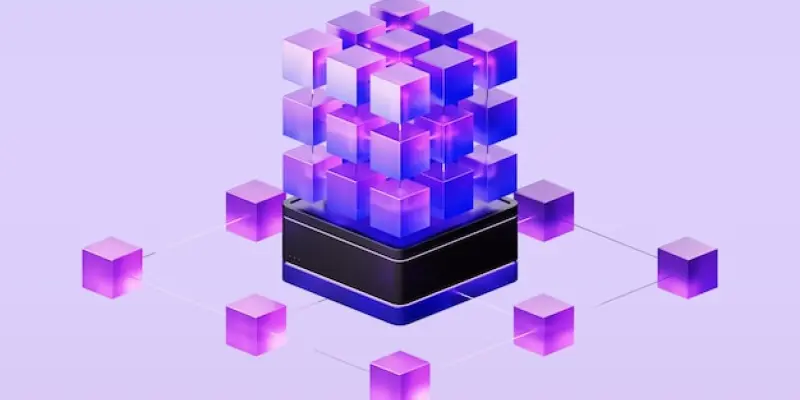Testing as a Layer 1 blockchain, Monad aims to achieve a remarkable transaction throughput of up to 10,000 transactions per second (TPS), a notable leap from Ethereum’s 10 to 15 TPS. Designed with Ethereum Virtual Machine (EVM) compatibility, it allows developers to seamlessly migrate decentralized applications (dApps) without making significant architectural changes. This marks a major step forward in blockchain technology, setting new performance standards and fostering broader adoption.
Advanced Testing Environment and Diverse Use Cases
Monad’s testnet offers an advanced testing environment where participants can simulate real-world activities using testnet MON tokens, which have no real value. The testnet boasts a block verification time of just 0.5 seconds, significantly enhancing the user experience. Unlike traditional sequential processing, Monad processes numerous activities simultaneously, increasing efficiency. Since its launch, millions of wallets have connected, resulting in billions of simulated transactions, turning the testnet phase into a dynamic experience akin to a digital amusement park.
Monad caters to a diverse audience: developers can test their smart contracts, gamers can participate in events like “Break Monad,” and NFT enthusiasts can mint collectibles. Users interested in decentralized finance can engage with familiar dApps, such as Uniswap, benefiting from instant token swaps. By connecting a compatible wallet like MetaMask, Phantom, or Rabby, users gain access to the platform’s features through freely distributed MON testnet tokens. This setup ensures that Monad can handle a variety of tasks efficiently, serving as an all-encompassing platform for multiple blockchain activities. The current testnet phase aims to refine the system through real-world user interactions. As issues are anticipated, the feedback gathered will strengthen the network’s performance and reliability. It is essential to note that testnet MON tokens have no monetary value, and any attempts to trade them should be considered fraudulent. Speculation exists regarding potential token rewards for early users when the mainnet launches, though no official promises have been made. Monad is strategically positioning itself for a successful transition to its mainnet by ensuring robust user testing and feedback loops during its testnet phase.
Impact on Blockchain Landscape
Monad’s rapid block speeds and vast compatibility position it as a significant contender in the blockchain space. The testnet serves as a platform for new ideas and applications, providing users with the opportunity to explore the limits of decentralized systems. With the mainnet launch on the horizon, Monad is poised to challenge established giants like Ethereum and Solana, marking the potential for a shift in the evolution of scalable and efficient blockchain networks. This innovative approach and focus on high-speed potential highlight Monad’s capabilities, making its debut in the blockchain industry highly impactful. Developers and users alike are drawn to Monad’s promise of high throughput and user-friendly interface, which could lead to increased adoption and usage. By providing a seamless migration path for existing Ethereum-based applications, Monad lowers the barrier for developers looking to leverage its advanced features. This interoperability is crucial for widespread adoption, as it ensures that developers do not need to learn entirely new systems to deploy their applications on Monad. The ability to handle 10,000 TPS also means that the platform can support a wide range of applications, from high-frequency trading to complex dApps requiring rapid and reliable transaction processing.
Future Prospects and Considerations
The blockchain ecosystem recently faced a significant transformation with the introduction of the Monad Testnet, a groundbreaking platform boasting outstanding performance and user experience. This new entry, designed to operate as a Layer 1 blockchain, aims to achieve an impressive transaction throughput of up to 10,000 transactions per second (TPS). This is a vast improvement compared to Ethereum’s current 10 to 15 TPS. One of the standout features of Monad is its compatibility with the Ethereum Virtual Machine (EVM), enabling developers to migrate their decentralized applications (dApps) effortlessly without needing major alterations to their architecture. This development represents a substantial advancement in blockchain technology, setting new benchmarks for performance and facilitating wider adoption across diverse industries. Monad’s launch signifies the potential for enhanced efficiency and scalability in blockchain operations, paving the way for future innovations and greater integration of blockchain solutions in various sectors.

